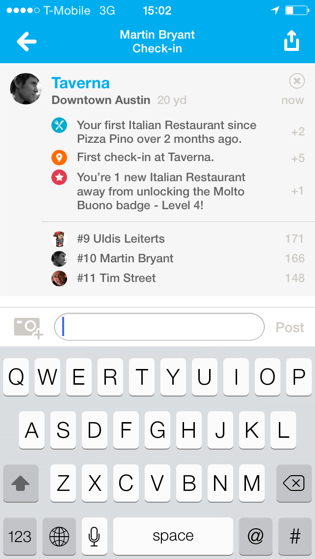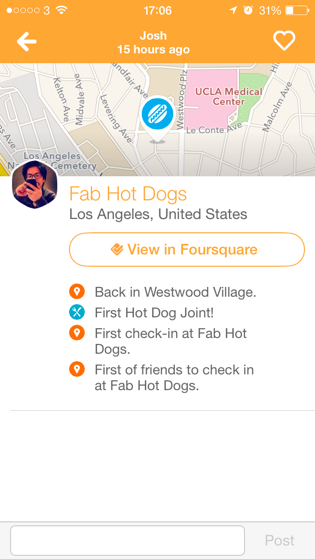From Newsweek ending its print run in 2012, to the emergence of new digital media like Periscope and Meerkat this year, we are experiencing a drastic shift from well-curated and polished brand generated content to raw, often times unedited user generated content and the latter is gaining more and more momentum as well as criticism.
Interestingly, brands take different - sometimes opposing - stances in allowing users to broadcast their events. Take MLB and NHL for example, just two weeks after MLB announced that "the MLB has no intention of limiting the fan’s ability to cover their sport", NHL Deputy Commissioner said "any streaming of footage (is) in violation of the NHL’s Broadcast Guidelines (including, for example, live-streaming inside the arena less than 30 minutes before the start of the game) and Media Access Policy is expressly prohibited". NHL has its own official account on Periscope and the above statement clearly shows that they do not want fans to stream hockey games on their own. Will sports fans think of MLB and NHL differently knowing their stance on level of content broadcasting governance? Are live stream video apps the new frenemy of TV, or a foe?
There are also legal concerns. As HBO recently learned, the apps can pose a piracy threat. When dozens of viewers began live streaming the season premiere of Game of Thrones via Periscope–essentially allowing people who don't subscribe to the channel to watch for free–HBO sent Periscope take-down notices. HBO added that "We feel developers should have tools which proactively prevent mass copyright infringement from occurring on their apps and not be solely reliant upon notification." Does the concept of a sharing community not exist in media then? I think current regulations need some update to reflect the nature of growing user generated content and perhaps even draw new lines of copyright infringement, instead of blankly treating them as simple violations.
I have not had a TV set ever since I was in college and I get all the information I need from online sources, mostly in the form of text (articles, tweets, Reddit, etc) and sometimes in videos. For our generation that thrive on the Internet, live video platforms like Periscope and Meerkat speak a more natural language than CNN or NYTimes, and I believe as long as the piracy battle is settled, social media will really become the mainstream.
I have not had a TV set ever since I was in college and I get all the information I need from online sources, mostly in the form of text (articles, tweets, Reddit, etc) and sometimes in videos. For our generation that thrive on the Internet, live video platforms like Periscope and Meerkat speak a more natural language than CNN or NYTimes, and I believe as long as the piracy battle is settled, social media will really become the mainstream.



















